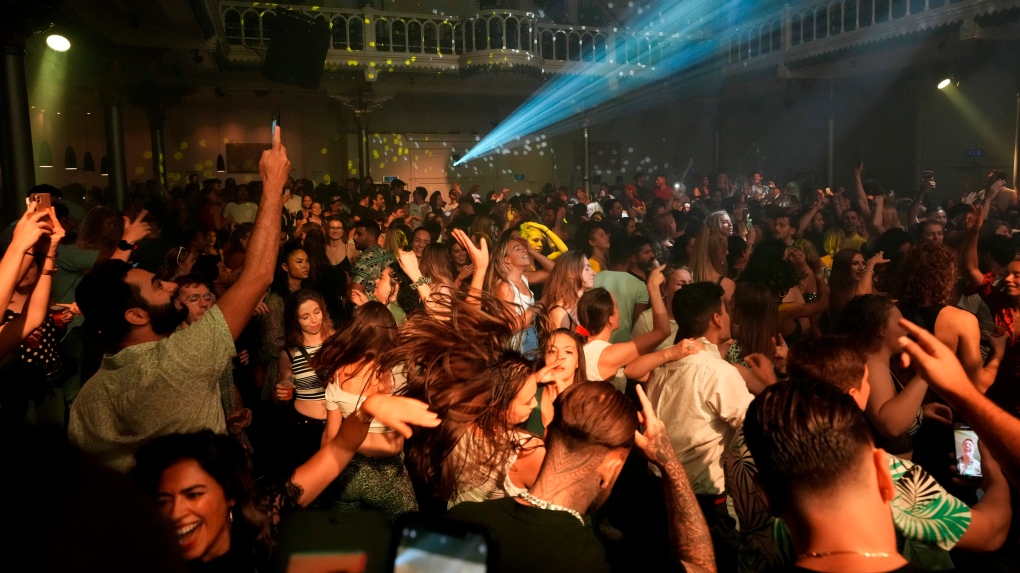According to a new study from researchers at McMaster University, inaudible low-frequency bass makes you groove more on the dancefloor – an average of 11.8 per cent more, to be more scientific.
Led by McMaster University neuroscientist Daniel Cameron, the study utilized motion-sensing technology and enhanced speakers to deliver bass so low it can apparently be sensed, but not heard.
"I’m trained as a drummer, and most of my research career has been focused on the rhythmic aspects of music and how they make us move," Cameron, a postdoctoral fellow, said in a news release. "Music is a biological curiosity–it doesn’t reproduce us, it doesn’t feed us, and it doesn’t shelter us, so why do humans like it and why do they like to move to it?"
To get to those answers, Cameron and his team enlisted electronic music duo Orphx for a concert at LIVELab, a research-based performance theatre at McMaster in Hamilton, Ont., that's equipped with 3D motion-capture technology and a sound system that can produce frequencies beyond the range of human hearing.
"The musicians were enthusiastic to participate because of their interest in this idea that bass can change how the music is experienced in a way that impacts movement," Cameron added.
Sixty-two concert-goers out of 133 donned motion-sensing headbands to monitor their moves throughout the performance. Every 2.5 minutes for 45 minutes, very-low bass-playing speakers were turned on and off in the eight to 37 hertz range, which is below many commercially-available subwoofers.
When the speakers were on, a majority of the dancers started moving more, by an average of nearly 12 per cent. For some, the low frequencies sent them shimmying by more than 50 per cent.
"Post-concert questionnaire data indicated that participants felt bodily sensations associated with bass frequencies during the concert, and that these were pleasurable and contributed to the urge to move," the study explained.
The researchers did additional experiments that suggested the very-low frequencies, or VLFs, couldn't be detected. They hypothesized that VLFs can instead be felt as vibrations and sensed by the inner ear, which contribute to the neurological connection between music and movement.
In other words, according to the study: "Low frequency sound is processed via vibrotactile and vestibular (in addition to auditory) pathways, and stimulation of these non-auditory modalities in the context of music can increase ratings of groove (the pleasurable urge to move to music), and modulate musical rhythm perception."
The study was published this week in the academic journal Current Biology with to-the-point title: "Undetectable very-low frequency sound increases dancing at a live concert."
"These results demonstrate that a complex, social behaviour — dance — can be increased in intensity by VLFs without participants’ awareness," the study concluded. "While culture and individual experience may or may not influence the extent to which VLFs influence dancing and movement, their undetectable nature suggests a relatively low-level pathway by which low frequencies influence movement and dancing, in turn suggesting a fundamental aspect of human music cognition and dance behaviour."






































